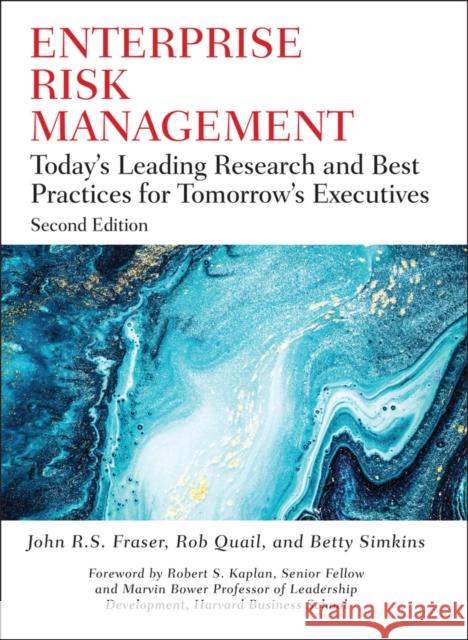Enterprise Risk Management: Today's Leading Research and Best Practices for Tomorrow's Executives » książka
topmenu
Enterprise Risk Management: Today's Leading Research and Best Practices for Tomorrow's Executives
ISBN-13: 9781119741480 / Angielski / Twarda / 2021 / 944 str.
Enterprise Risk Management: Today's Leading Research and Best Practices for Tomorrow's Executives
ISBN-13: 9781119741480 / Angielski / Twarda / 2021 / 944 str.
cena 481,40 zł
(netto: 458,48 VAT: 5%)
Najniższa cena z 30 dni: 466,62 zł
(netto: 458,48 VAT: 5%)
Najniższa cena z 30 dni: 466,62 zł
Termin realizacji zamówienia:
ok. 22 dni roboczych.
ok. 22 dni roboczych.
Darmowa dostawa!
Kategorie:
Kategorie BISAC:
Wydawca:
John Wiley & Sons Inc
Seria wydawnicza:
Język:
Angielski
ISBN-13:
9781119741480
Rok wydania:
2021
Numer serii:
000400417
Ilość stron:
944
Waga:
1.41 kg
Wymiary:
25.96 x 18.64 x 3.73
Oprawa:
Twarda
Wolumenów:
01
Dodatkowe informacje:
Bibliografia
Wydanie ilustrowane
Wydanie ilustrowane











